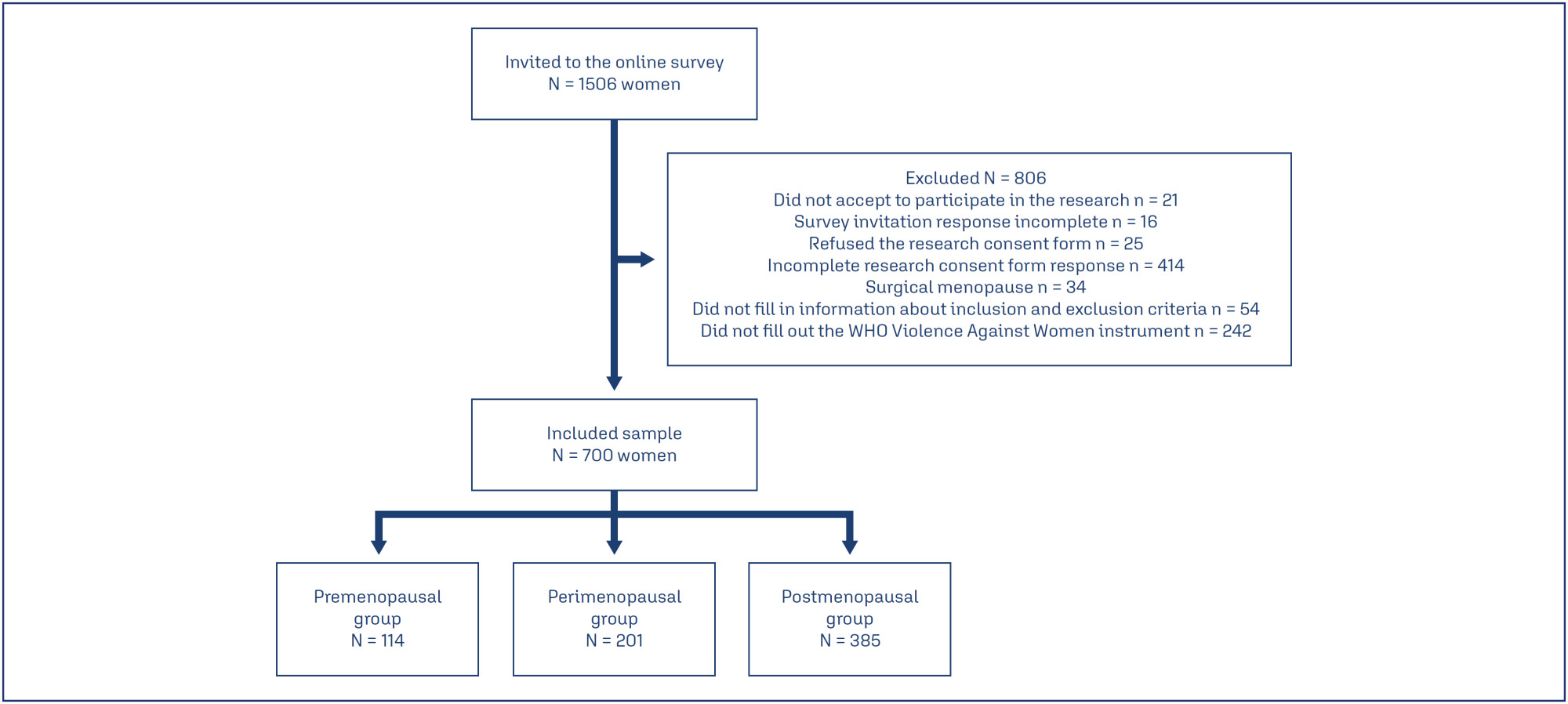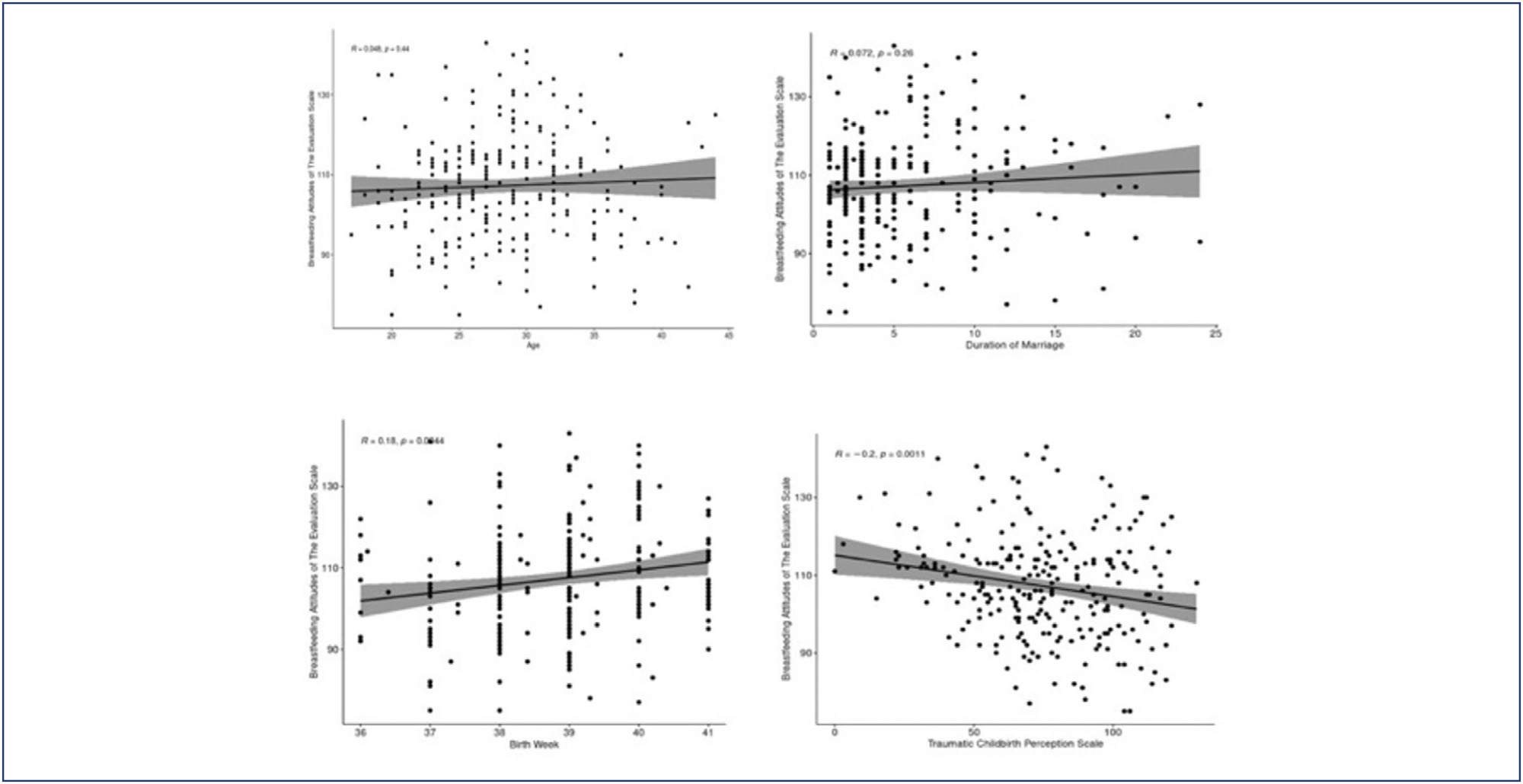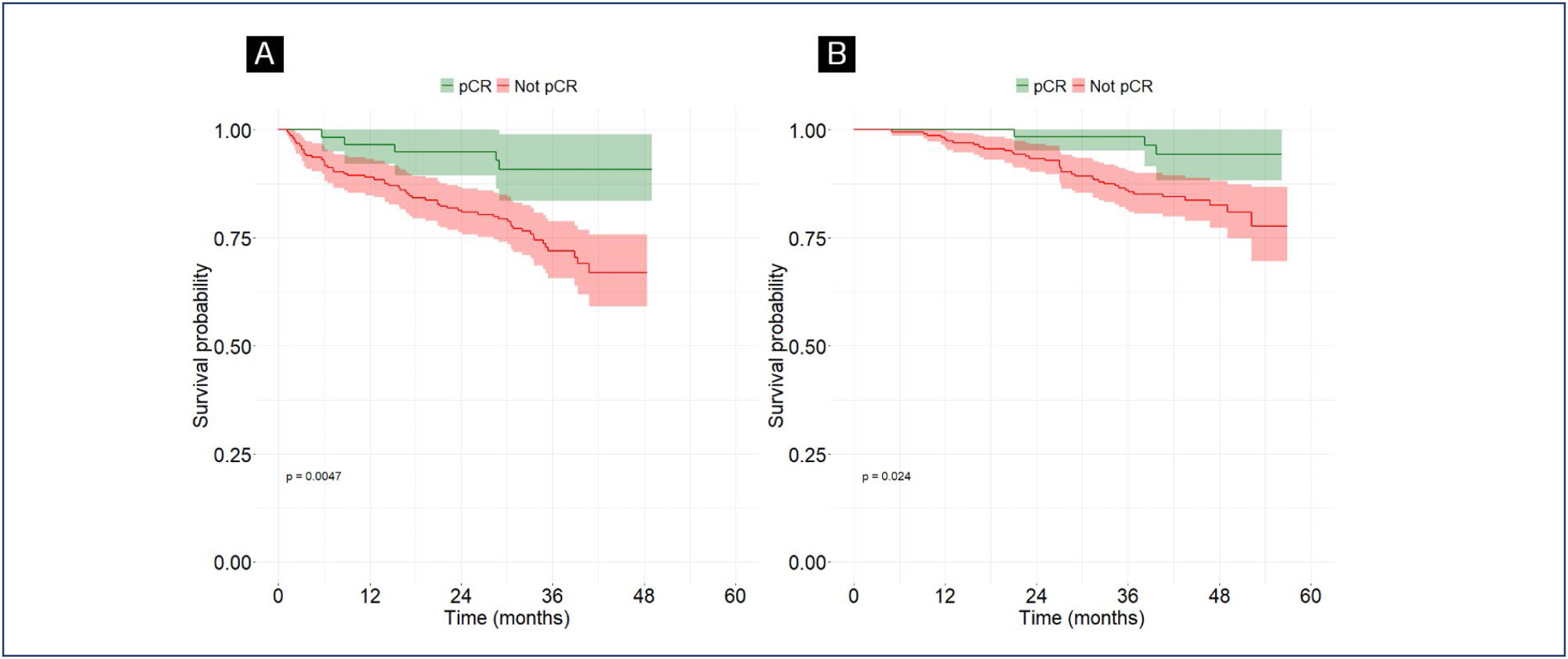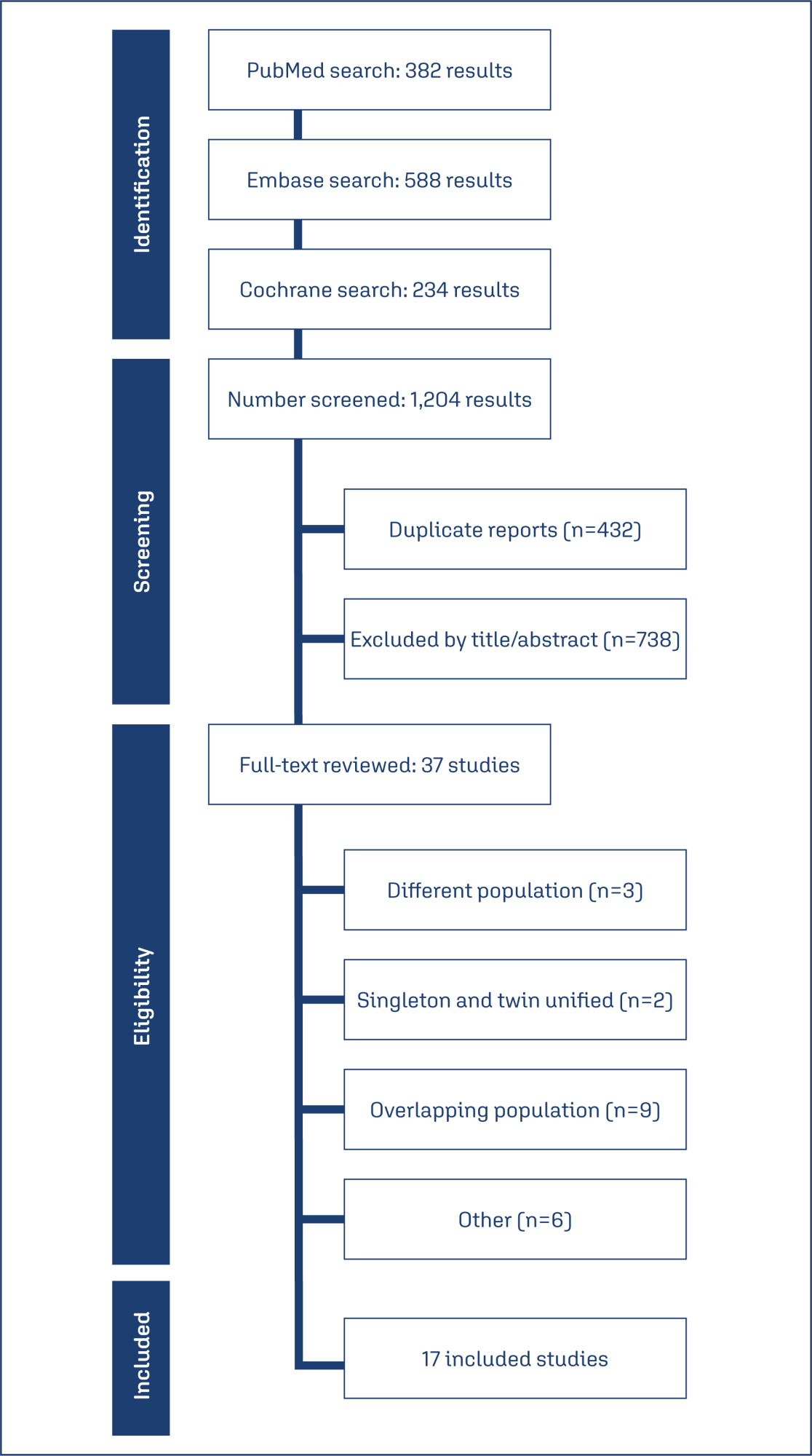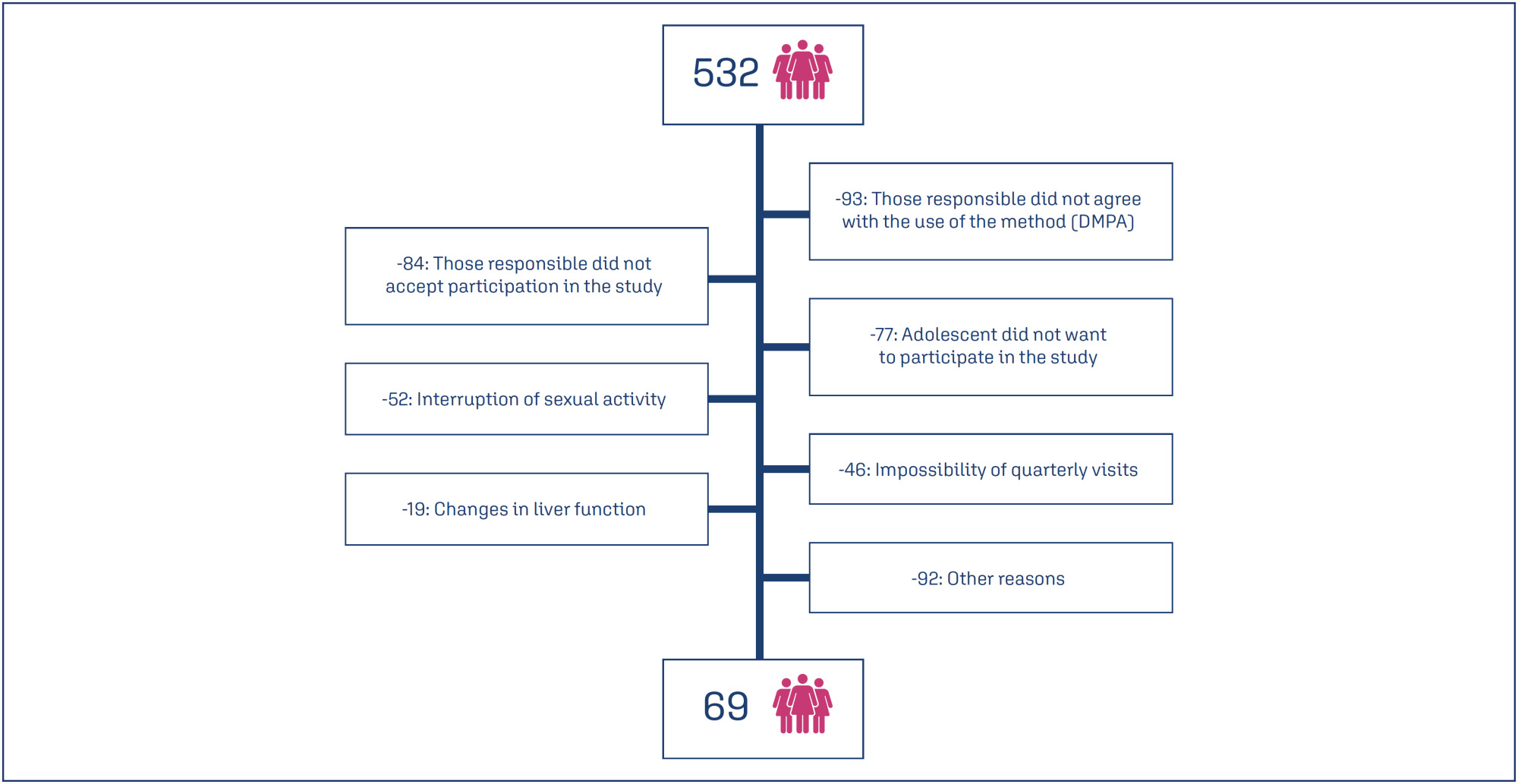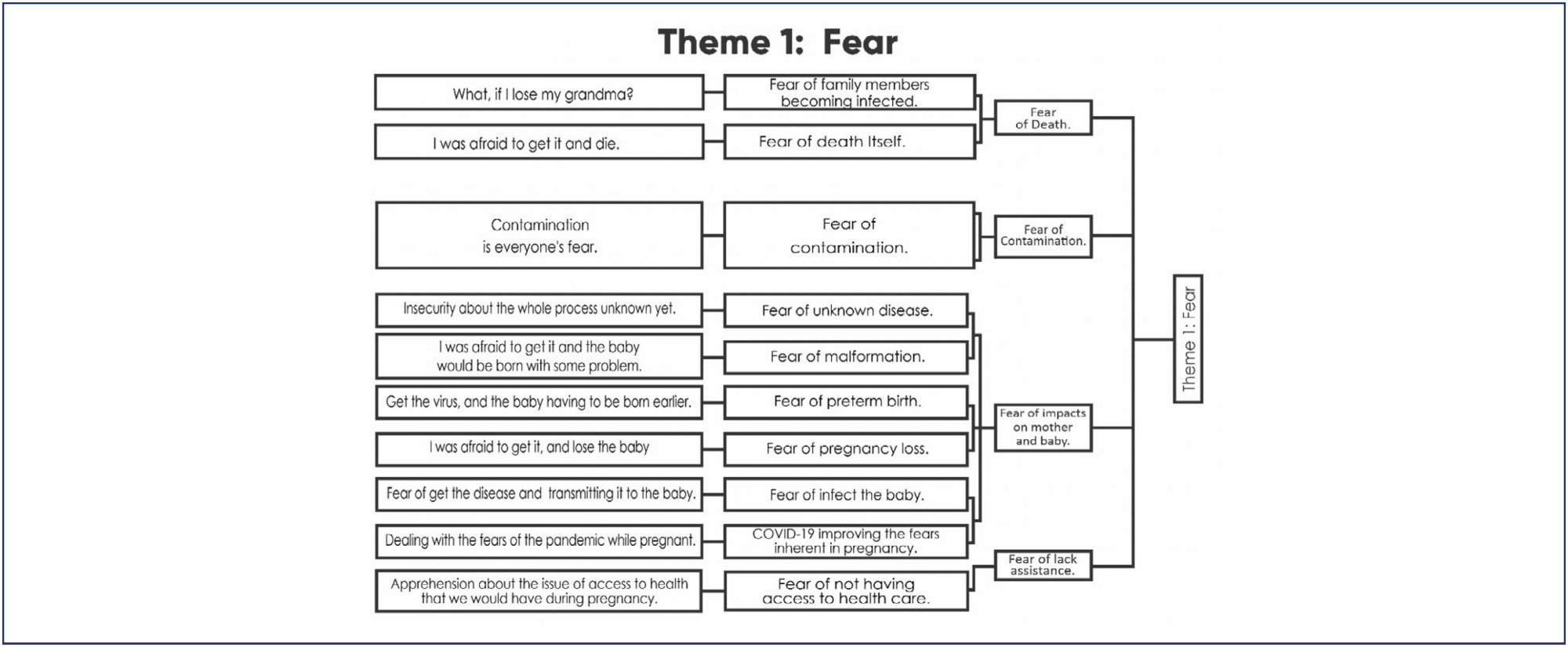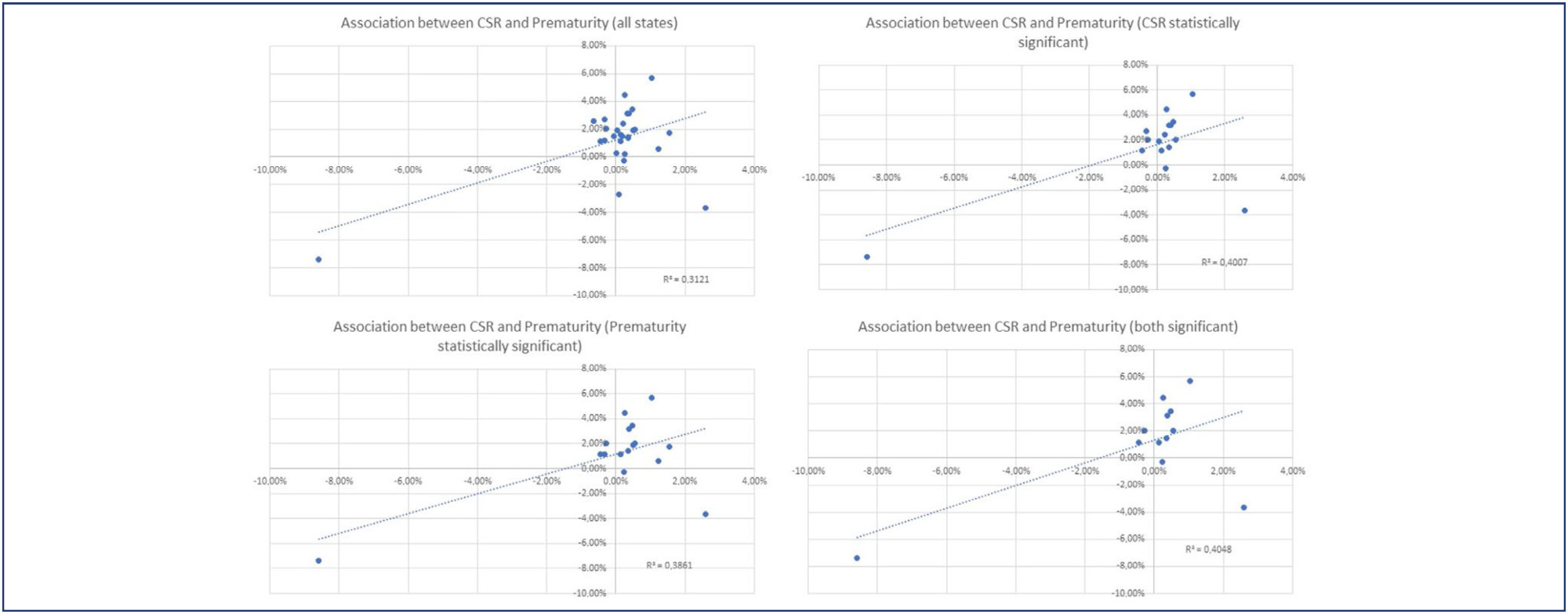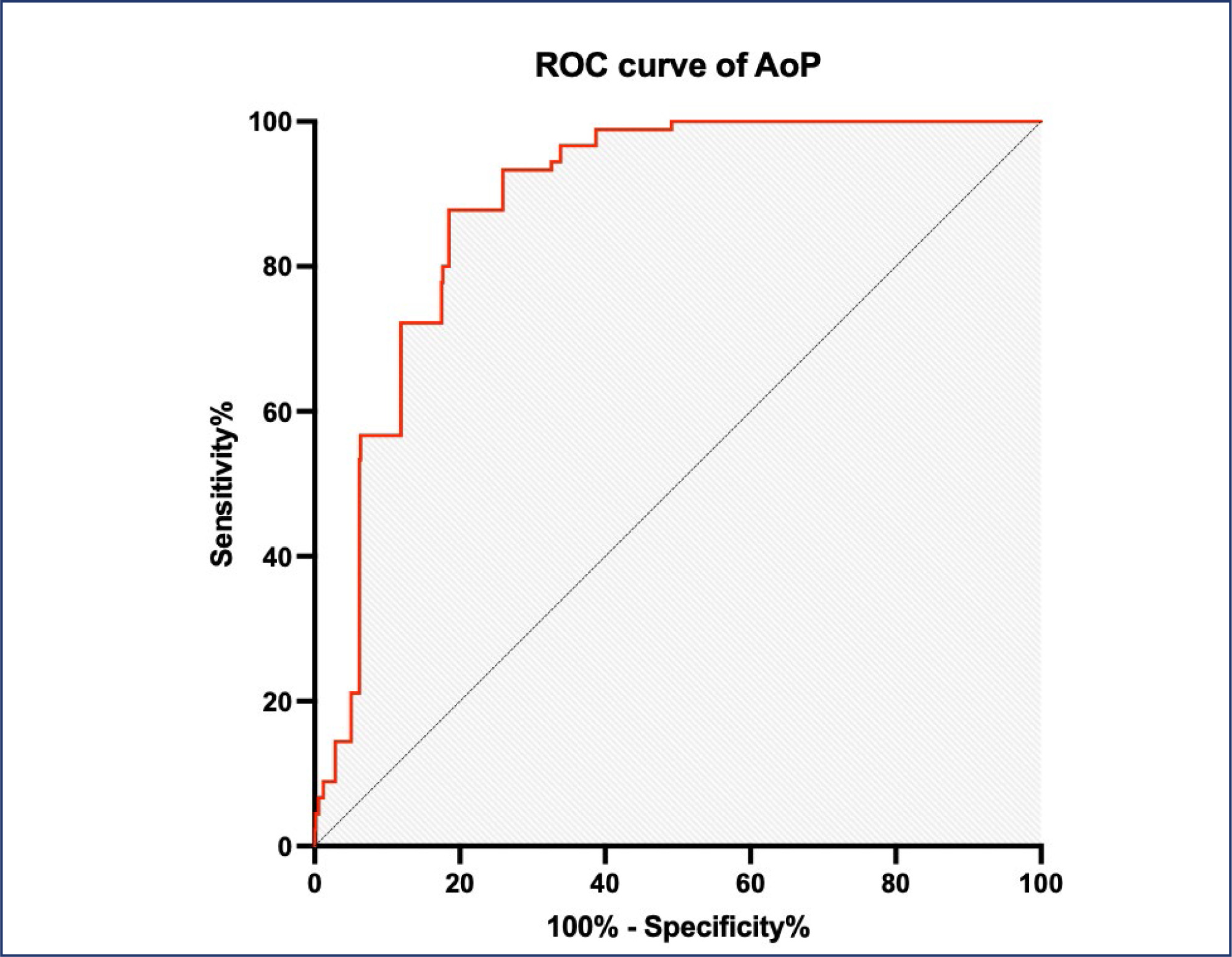-
Resumos de Teses06-27-2002
Repercussões de um Programa Multidisciplinar de Preparo para o Parto e Maternidade: Ansiedade Materna e Resultados Perinatais
Revista Brasileira de Ginecologia e Obstetrícia. 2002;24(3):205-205
Abstract
Resumos de TesesRepercussões de um Programa Multidisciplinar de Preparo para o Parto e Maternidade: Ansiedade Materna e Resultados Perinatais
Revista Brasileira de Ginecologia e Obstetrícia. 2002;24(3):205-205
DOI 10.1590/S0100-72032002000300010
Views43Repercussões de um Programa Multidisciplinar de Preparo para o Parto e Maternidade Ansiedade Materna e Resultados Perinatais […]See more -
Resumos de Teses06-27-2002
Método da Bromocriptina Associado ao Esquema de Hiperestimulação Ovariana Controlada em Pacientes Más Respondedoras
Revista Brasileira de Ginecologia e Obstetrícia. 2002;24(3):205-205
Abstract
Resumos de TesesMétodo da Bromocriptina Associado ao Esquema de Hiperestimulação Ovariana Controlada em Pacientes Más Respondedoras
Revista Brasileira de Ginecologia e Obstetrícia. 2002;24(3):205-205
DOI 10.1590/S0100-72032002000300011
Views42Método da Bromocriptina Associado ao Esquema de Hiperestimulação Ovariana Controlada em Pacientes Más Respondedoras […]See more -
Case Report06-27-2002
Chronic Placental Abruption: A Case Report
Revista Brasileira de Ginecologia e Obstetrícia. 2002;24(3):201-204
Abstract
Case ReportChronic Placental Abruption: A Case Report
Revista Brasileira de Ginecologia e Obstetrícia. 2002;24(3):201-204
DOI 10.1590/S0100-72032002000300009
Views97See moreChronic placental abruption is a rare condition that can be early detected by ultrasound. Vaginal bleeding and uterine excitability can be present in an infrequent way. Chronic placental abruption physiopathology is unknown and there are no consistent medical risks that predispose to this condition. The perinatal outcome is poor and is often associated with prematurity and fetal or perinatal death. The obstetric treatment depends on the gestational age, fetal conditions and the size of the clot. We present a case of a chronic placental abruption diagnosed in a 14-week gestation complicated by intrauterine growth retardation, oligohydramnios and perinatal death.
-
Original Article06-27-2002
Prospective Study of The Ultrasound Features in the Diagnosis of Solid Breast Lesions
Revista Brasileira de Ginecologia e Obstetrícia. 2002;24(3):195-199
Abstract
Original ArticleProspective Study of The Ultrasound Features in the Diagnosis of Solid Breast Lesions
Revista Brasileira de Ginecologia e Obstetrícia. 2002;24(3):195-199
DOI 10.1590/S0100-72032002000300008
Views113See morePurpose: to evaluate, in a prospective way, the importance of ultrasound features of solid breast lesions in the differentiation between benign and malignant lumps. Methods: one hundred and forty-two patients with solid breast lesions, from the Department of Gynecology and Obstetrics of the Federal University of Goias (Brazil), were included in the trial. All ultrasound examinations were performed by a training doctor, always supervised by an experienced professional. The characteristics of the lesions studied were: shape, retrotumoral echoes, internal echoes, oriented diameter, halo of bright echoes and Cooper ligaments. Each of the ultrasound features was compared to the results of the histological examination. Results: among the 142 patients included in the trial, 90 (63%) had their lesions excised, and 77 (86%) had pathologic diagnoses of benign tumors and 13 (14%) of malignant tumors. The following characteristics were statistically significant in the diagnosis of the breast cancer (c²): masses with retrotumoral shadowing (p=0.0001), irregular shape (p=0.0007), heterogeneous internal echoes (p=0.0015) and vertically oriented – taller than wide (p<0.0001). The presence of halo of bright echoes anterior to the lump and the presence of wider Cooper ligaments were not related to the correct diagnosis of malignancy in this trial. Conclusion: ultrasound is a diagnostic method that can help physicians between the differentiation of benign and malignant breast lumps. The presence of retrotumoral shadowing, irregular shape, heterogeneous internal echoes and vertical orientation - lesions taller than wide - were related to the pathologic diagnosis of breast malignancies.
-
Original Article06-27-2002
Ovarian Autotransplantation to the Greater Omentum: Experimental Model
Revista Brasileira de Ginecologia e Obstetrícia. 2002;24(3):187-192
Abstract
Original ArticleOvarian Autotransplantation to the Greater Omentum: Experimental Model
Revista Brasileira de Ginecologia e Obstetrícia. 2002;24(3):187-192
DOI 10.1590/S0100-72032002000300007
Views87See morePurpose: in order to maintain the gonadal function after oophorectomy, morphofunctional aspects of ovarian autotransplantation to the greater omentum and the best kind of implantation, intact or sliced, were investigated. Methods: forty cycling female Wistar rats were randomly divided into four groups: Group I (n = 5), control – laparotomy; Group II (n = 5), bilateral oophorectomy; Group III (n = 10), intact ovarian autotransplantation to the greater omentum; and Group IV (n = 10), sliced ovarian autotransplantation, both to the greater omentum. The estrous cycle was investigated in the third and sixth postoperative months and histological studies of the ovarian implants were carried out considering: degeneration, fibrosis, inflammatory reaction, angiogenesis, follicular cysts, follicular development and corpora lutea. Results: the animals of Group I preserved the cycling sequence. The rats of Group II remained in diestrus. In Group III, 11 rats remained in diestrus, three presented incomplete cycles and one showed normal cycle. In Group IV, three animals remained in diestrus, eight showed incomplete cycles and four showed normal cycles. The histology of the ovaries of Group III was normal in ten female rats; however, the ovaries of the other five animals presented degeneration. In Group IV, 14 female rats had ovaries with preserved morphological aspect, and signs of degeneration occurred in one. Conclusions: the ovarian autotransplantation to the greater omentum is viable and the sliced form presented better morphofunctional aspects than the intact implants.
-
Original Article06-27-2002
Effect of Maternal Age on Perinatal Outcomes
Revista Brasileira de Ginecologia e Obstetrícia. 2002;24(3):181-185
Abstract
Original ArticleEffect of Maternal Age on Perinatal Outcomes
Revista Brasileira de Ginecologia e Obstetrícia. 2002;24(3):181-185
DOI 10.1590/S0100-72032002000300006
Views143See morePurpose: to investigate the interactions between maternal age and adverse perinatal outcomes in the State of Rio Grande do Norte. Methods: we analyzed official records of 57,088 infants in the State of Rio Grande do Norte, from January 1997 to December 1997. Data were obtained from the Information System of the Health Ministry, Brazil. The sample was divided into three Groups I, II and III according to maternal age range: 10 to 19 years, 20 to 34, and 35 or more, respectively. The main outcome variables were: length of pregnancy, birth weight and mode of delivery. Statistical analysis was performed using chi² test. Results: preterm deliveries were 4.3% in the adolescent group vs 3.7% in Group II (p = 0.0028). The incidence of cesarean section was higher in Group II than in the other Groups (p<0.001). Low birth weight was significantly higher in Groups I (8.4%) and III (8.3%) when compared with Group II (6.5%) (p<0.0001). Conclusions: we found a higher incidence of lower birth weight and preterm delivery in the adolescent group. In women ³35 years old there was a high incidence of low birth weight and macrosomia. Results suggest that cesarean sections are more common in women aged 20-34 years than in adolescent and older mothers.
-
Original Article06-27-2002
Asymptomatic Amniotic Fluid Infection
Revista Brasileira de Ginecologia e Obstetrícia. 2002;24(3):175-179
Abstract
Original ArticleAsymptomatic Amniotic Fluid Infection
Revista Brasileira de Ginecologia e Obstetrícia. 2002;24(3):175-179
DOI 10.1590/S0100-72032002000300005
Views60See morePurpose: to determine the presence of asymptomatic amniotic fluid infection in pregnant women, to identify the bacterial agents involved in the infection and to determine the antimicrobial susceptibility in vitro. Methods: amniotic fluid samples were obtained by amniocentesis from 81 pregnant women without labor signs and without suspucion of clinical infection, attended at Maternidade Escola Assis Chateaubriand from August 1997 to January 1999. The presence of aerobic bacteria, strict/facultative anaerobic bacteria and genital mycoplasmas was investigated. The anaerobic bacteria were identified by the ATB SystemÒ (Biolab Mérieux) and mycoplasmas by the IST MycoplasmaÒ kit (Biolab-Mérieux). Results: among the obtained samples, eight (9.8%) showed positive culture and in two samples two different strains were identified. The isolated pathogens were Ureaplasma urealyticum (7 cases, 8.6%), Mycoplasma hominis (1 case, 1.2%) and Peptostreptococcus sp (2 cases, 2.4%). The antimicrobial susceptibility was characterized by great mycoplasma resistance to erythromycin (37.5%) and no resistance to cyclins. Conclusions: the percentage of asymptomatic infections was high, and furthe research is necessary to evaluate the asymptomatic infection consequences in pregnant women and their newborns, involving methods that identify genital mycoplasmas, which were the most frequently isolated bacteria.
-
Original Article06-27-2002
Nuchal Translucency Measurement in the Screening of Chromosomal Abnormalities
Revista Brasileira de Ginecologia e Obstetrícia. 2002;24(3):167-173
Abstract
Original ArticleNuchal Translucency Measurement in the Screening of Chromosomal Abnormalities
Revista Brasileira de Ginecologia e Obstetrícia. 2002;24(3):167-173
DOI 10.1590/S0100-72032002000300004
Views102See morePurpose: to study the value of nuchal translucency (NT) measurement in the screening for chromosomal abnormalities at 10-14 weeks of gestation. Methods: a total of 1152 fetuses were studied consecutively. In 124 cases a cytogenetic study was performed on material obtained from a biopsy of the chorionic villus, and in 1028 cases the result was based on the postnatal phenotype. In addition to the routine ultrasonographic examination, all fetuses were submitted to measurement of the NT thickness. For statistical analysis Student’s t test and ANOVA were used. Sensitivity, specificity, positive and negative predictive values, false-positive rate and likelihood ratio were calculated. Results: twenty-three cases of chromosomal abnormalities occurred. Of these abnormal cases, NT measurement was above the 95th percentile in 16 (sensitivity of 69.5%). In the group of normal fetuses (1129 cases), NT measurement was above the 95th percentile in 41 (specificity of 96.3%, positive and negative predictive values of 28.0% and 99.3%, respectively, false-positive rate of 3.7% and likelihood ratio of 19.1). Conclusion: our results suggest that the presence of chromosomal abnormalities may be strongly suspected when there is an increased NT thickness. One can infer that the quantitative NT analysis is sufficient to classify the risk of chromosomal anomalies in the first trimester of the pregnancy. Although the ultrasound operator’s training and skill is still necessary, it is a method of clinical applicability.
Search
Search in:
Tag Cloud
Pregnancy (252)Breast neoplasms (104)Pregnancy complications (104)Risk factors (103)Menopause (88)Ultrasonography (83)Cesarean section (78)Prenatal care (71)Endometriosis (70)Obesity (61)Infertility (57)Quality of life (55)prenatal diagnosis (51)Women's health (48)Postpartum period (46)Maternal mortality (45)Pregnant women (45)Breast (44)Prevalence (43)Uterine cervical neoplasms (43)



